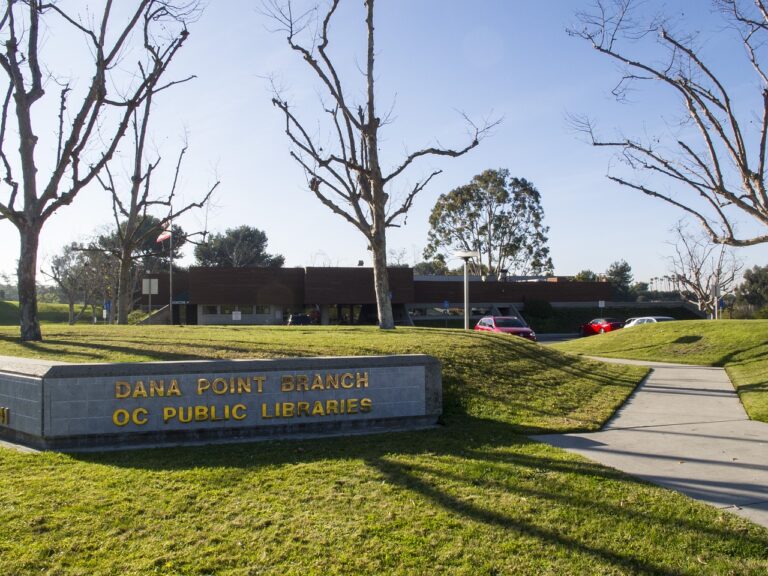Analyzing the Effectiveness of Gamification in Education
Gamification in education involves integrating game elements into learning activities to make them more engaging and interactive for students. By incorporating elements like points, levels, badges, and leaderboards, educators can create a more immersive learning experience that motivates students to actively participate and progress in their studies. This approach leverages the natural inclination towards competition and rewards, stimulating student interest and enhancing their overall learning outcomes.
The concept of gamification is rooted in the idea of using game design principles to enhance the learning process and make it more enjoyable for students. By transforming traditional classroom activities into game-like experiences, educators can tap into students’ intrinsic motivation and drive to succeed. This innovative approach not only makes learning more fun and engaging but also helps foster important skills such as problem-solving, critical thinking, collaboration, and perseverance among students.
Benefits of Implementing Gamification in the Classroom
One of the key advantages of incorporating gamification in the classroom is the enhanced level of student engagement. By introducing game elements such as points, rewards, and challenges into the learning process, students are more motivated to participate actively and remain attentive during lessons. This increased engagement can lead to improved retention of information and a deeper understanding of the material being taught.
Another benefit of implementing gamification in education is the opportunity it provides for personalized learning. Through the use of game-based learning activities, teachers can easily tailor the content and difficulty level of lessons to meet the individual needs and interests of each student. This personalized approach not only helps to boost student motivation but also fosters a sense of autonomy and ownership over their learning journey.
• Increased student engagement
• Enhanced motivation to participate actively
• Improved retention of information
• Deeper understanding of material
• Personalized learning opportunities
• Tailored content and difficulty level of lessons
• Meeting individual needs and interests of students
• Boosted student motivation
• Fosters autonomy and ownership over learning journey
Examples of Successful Gamification in Education
Gamification in education has proven to be a powerful tool for enhancing student engagement and motivation. A notable example of successful implementation can be seen in the language learning app Duolingo. By incorporating elements of gamification such as earning points, leveling up, and competing with friends, Duolingo has made language learning more enjoyable and accessible to learners of all ages.
Another successful case of gamification in education is the use of educational platforms like Kahoot! in classrooms. Kahoot! allows teachers to create interactive quizzes and games that engage students in a fun and competitive way. This not only reinforces learning material but also fosters a collaborative learning environment where students actively participate and learn from one another.
What is the concept of gamification in education?
Gamification in education involves using game-like elements, such as points, badges, leaderboards, and rewards, to engage students and make learning more interactive and fun.
What are the benefits of implementing gamification in the classroom?
Some benefits of implementing gamification in the classroom include increased student engagement, motivation, collaboration, and retention of knowledge. It also helps in promoting a growth mindset and fostering a positive learning environment.
Can you provide some examples of successful gamification in education?
Some examples of successful gamification in education include using educational apps like Kahoot or Quizlet for quizzes and assessments, implementing a point system for completing assignments or participating in class activities, and using gamified simulations or virtual reality experiences for immersive learning.







